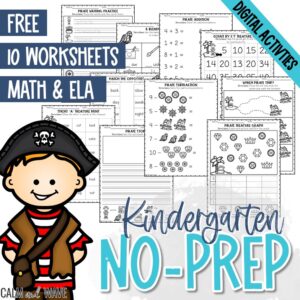
As the 2024 U.S. presidential election approaches, homeschool parents have a unique opportunity to engage their children in understanding the electoral process and the importance of active citizenship. The election provides a real-world context for lessons in civics, history, and government. With the right tools and resources, you can make learning about the election both educational and enjoyable.
Understanding the Electoral College
One of the most critical components of the U.S. presidential election is the Electoral College. While it might initially seem complex, breaking it into more straightforward concepts can help children grasp its significance. The Electoral College is the mechanism through which the President of the United States is elected. Each state is allocated several electors based on its representation in Congress, meaning the total number of electors is 538. To win the presidency, a candidate must receive a majority of these electoral votes—at least 270.
Teaching the Electoral Process
Start by explaining the basics of voting and how the general public's votes influence the selection of electors in each state. Discuss how these electors then cast their votes based on the popular vote within their state, ultimately deciding the outcome of the presidency. This process can be taught using a variety of engaging activities:
Interactive Discussions: Hold family discussions about the president's roles and what qualities are important in a leader. This not only builds understanding but also encourages critical thinking.
Storytelling and Narratives: Use historical stories about past elections to illustrate how the Electoral College has shaped political history.
Role-Playing: Set up a mock election at home. Assign roles such as candidates, electors, and voters to help children understand how different parts of the process connect.
Utilizing the Free Printable Electoral College Map
To make the learning experience more interactive, take advantage of our free printable electoral college map. This map is an excellent visual aid that can help children track election results in real time or simulate the election process:
Tracking Results: On election night, use the map to color in states as results come in. This activity can help children see the electoral process unfold and understand how different states contribute to the outcome.
Simulating Elections: Create a simulation of the election process where students can predict outcomes based on past voting behaviors or their own mock campaigns. This can include discussing why certain states are considered “swing states” and how they can impact the election.
The Importance of Civic Education
Incorporating lessons about the electoral process is a fundamental part of fostering a sense of civic responsibility. Teaching children about democracy and voting highlights the importance of participating in the electoral process and understanding how their voices can contribute to change. Encourage your children to ask questions, express their opinions, and engage in civil discourse about the issues that matter to them.
By incorporating these educational activities into your homeschooling curriculum, you provide your children with the tools they need to become informed and engaged citizens. The 2024 presidential election offers a unique and timely opportunity to deepen their understanding of American democracy and inspire them to participate in their communities' civic life.











